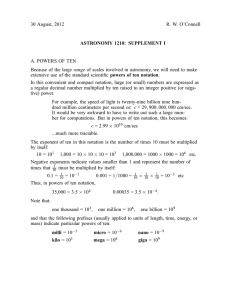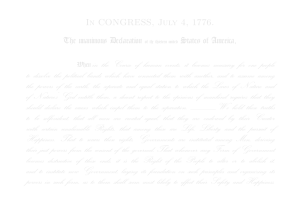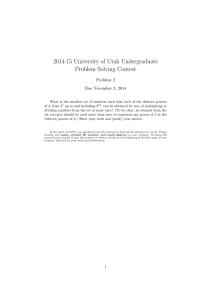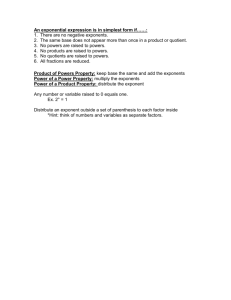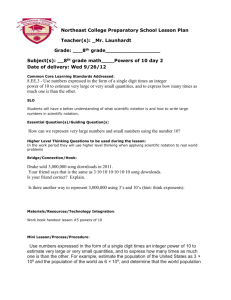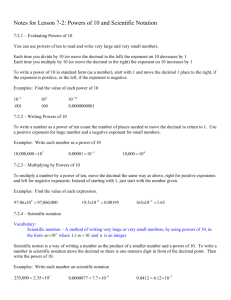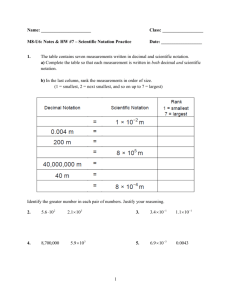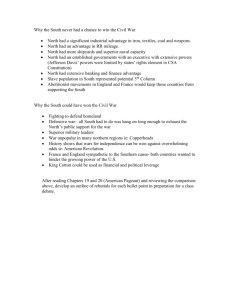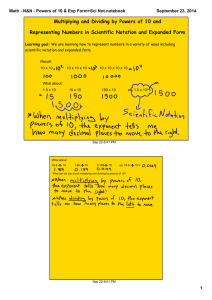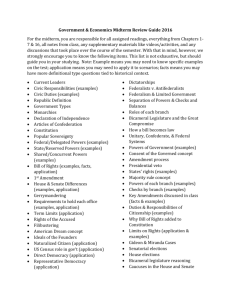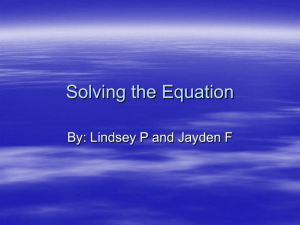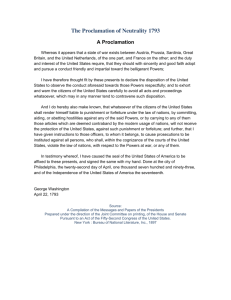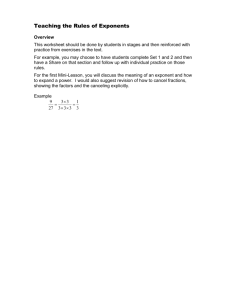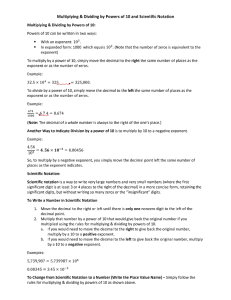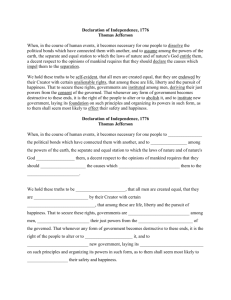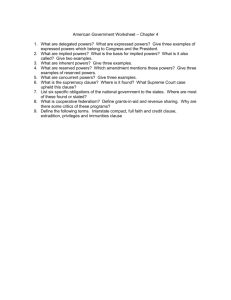1 Powers of 10 and scientific notation
advertisement
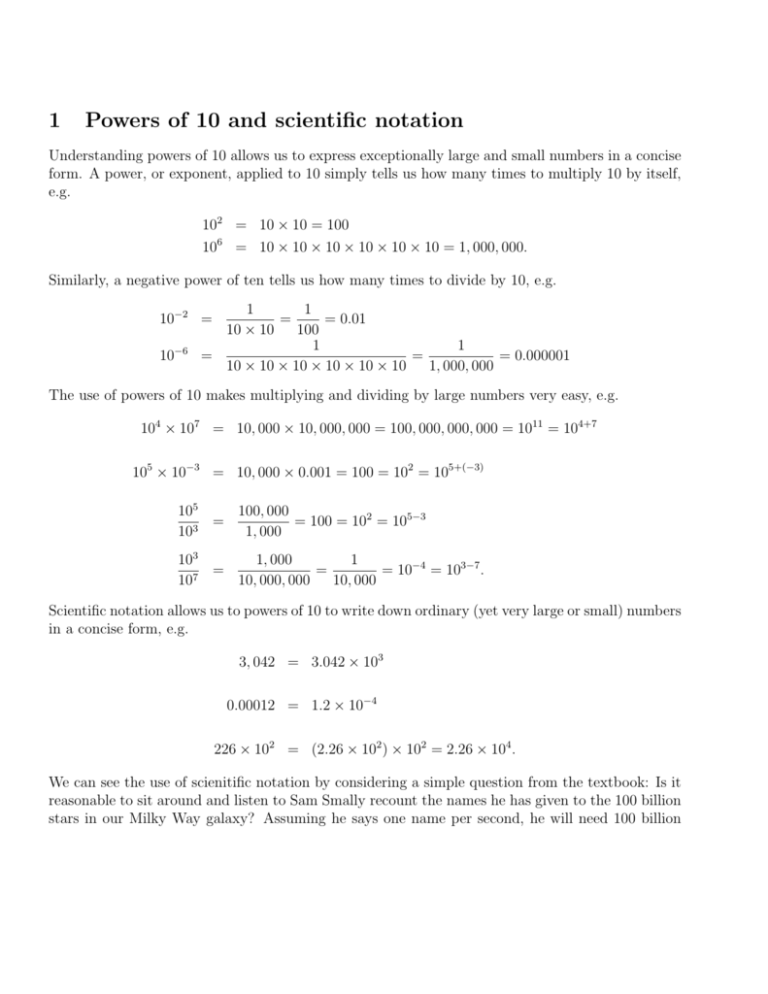
1 Powers of 10 and scientific notation Understanding powers of 10 allows us to express exceptionally large and small numbers in a concise form. A power, or exponent, applied to 10 simply tells us how many times to multiply 10 by itself, e.g. 102 = 10 × 10 = 100 106 = 10 × 10 × 10 × 10 × 10 × 10 = 1, 000, 000. Similarly, a negative power of ten tells us how many times to divide by 10, e.g. 1 1 = = 0.01 10 × 10 100 1 1 = = = 0.000001 10 × 10 × 10 × 10 × 10 × 10 1, 000, 000 10−2 = 10−6 The use of powers of 10 makes multiplying and dividing by large numbers very easy, e.g. 104 × 107 = 10, 000 × 10, 000, 000 = 100, 000, 000, 000 = 1011 = 104+7 105 × 10−3 = 10, 000 × 0.001 = 100 = 102 = 105+(−3) 100, 000 105 = = 100 = 102 = 105−3 3 10 1, 000 103 1, 000 1 = = = 10−4 = 103−7 . 7 10 10, 000, 000 10, 000 Scientific notation allows us to powers of 10 to write down ordinary (yet very large or small) numbers in a concise form, e.g. 3, 042 = 3.042 × 103 0.00012 = 1.2 × 10−4 226 × 102 = (2.26 × 102 ) × 102 = 2.26 × 104 . We can see the use of scienitific notation by considering a simple question from the textbook: Is it reasonable to sit around and listen to Sam Smally recount the names he has given to the 100 billion stars in our Milky Way galaxy? Assuming he says one name per second, he will need 100 billion seconds. In one year there are 60 × 60 × 24 × 365.25 = 31, 557, 600 seconds = 3.16 × 107 seconds. The amount of time required is therefore 100, 000, 000, 000 seconds 1 × 1011 1 = ≈ × 104 = 3 × 103 years. 7 31, 557, 600 seconds/year 3.16 × 10 3
